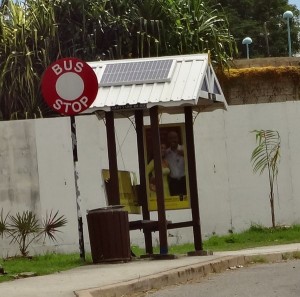Barbados | Eating Well

However, it does get challenging when I walk the 20 minute walk down to the grocery store, only to see they are out of stock of their veggies. This is not me being picky. When I say “out of stock” I mean, they literally have no fresh produce on the premises.

I have seen grocery markets at home be out of stock of a particular item, but not even around major holidays have I seen a grocery store simply not have any produce at all. Now whenever broccoli, cauliflower, carrots, green beans, onions, and potatoes are in stock, I buy three containers of each. Not only does it encourage me to eat more vegetables before they spoil, but it saves me an unnecessary and unsuccessful trip down to the grocery store.
Continuing with the theme of food, last Sunday I ate more calories in one day than I probably do during some weeks. The morning started by me desperately craving a breakfast burrito. I have been wanting one for the past several months, but unfortunately Ghana, South Africa, Germany, and Barbados all do not seem to make them. I had waited long enough. I was having a breakfast burrito. I haven’t seen any tortillas since arriving in Barbados, so I decided to make them myself. It was only a simple combination of flour, olive oil, and water, but I was very impressed with how delicious they tasted.

After I ate my delicious burritos, we were off to Harrison’s Cave in the Saint Thomas Parish as a part of the UCEAP program. (This was the only event of the day not focused around eating!) The caves are a popular tourist attraction in Barbados. My travel buddy, who happens to be an Earth Science major, loved learning about the formation of the cave. But it was also nice for those of us (like me!) who don’t happen to have any particular fascinations with rocks. The caves are still actively transporting water. We received “Cave Showers” and were thoroughly soaked by the end of our 45 minute long tram tour simply from the drops of water falling from the ceiling. If you’re ever in Barbados and looking for something fun to do, defiantly check out the caves. While we did the tram tour, which was very relaxing (aside from getting soaked) and came with a very knowledgeable tour guide, I’d like to go back at some point to do the walking tour. (Sorry the photos appear so grainy, it was very dark inside the cave!)



Now, back to food. After the caves we all went to the Coconut Court Hotel to eat their delicious buffet.

In one meal I ate three types of meat (lamb, chicken, and beef) and a delicious slice of the Bajan specialty “macaroni pie.” For anyone who has ever had macaroni and cheese South African style, macaroni pie is similar to it, only better. (Hard to imagine, right?!) Macaroni pie is basically a baked version of macaroni and cheese; however, Barbados has these incredibly thick noodles that I have never seen anywhere else in the world. The noodles are really what make the dish for me.

During one of our first nights here, we went grocery shopping and the only spaghetti noodles we could find were these thick noodles. At the time we did not know we were supposed to cut them up into small pieces and they were both challenging and quite entertaining to try to eat. Now, however, we have realized they have their own unique purpose.
In the evening we went to the Super Bowl party. Even the Bajans know that a Super Bowl party would not be complete without wings, tacos, and nachos. This year we watched the Super Bowl on the beach surrounded by huge HD TVs all broadcasting the game. In order to reserve a table outside there was an extra charge, and seeing as we are college students, we have to save money somewhere! It ended up working out in our favor though because about halfway through the game it started pouring rain and everyone ran inside the restaurant. Due to the fact that we were already inside, we were one of the few lucky groups that had a table (and we didn’t even have to pay for it!).

In case you missed the game or didn’t hear, the Falcons lost to the Patriots in overtime. This was the first Super Bowl in history to go into overtime! And even though the Patriots are my least favorite team in the NFL, I had a blast watching the game.
On a final note, since meat is often expensive here, I eat fish to get my protein instead. There is a fish market in Paynes Bay open Monday – Saturday from noon – 7PM. The fish prices change daily due to what they catch, but they’re always both affordable and delicious. I can get a pound of tuna for $5 US, whereas in California one pound would cost around $30. Keep in mind when you read the prices sign that “dolphin” in Barbados is actually mahi-mahi. Bajans don’t go around eating sweet innocent dolphins!


Angela Howard studied abroad in Cave Hill, Barbados, in Spring 2017: http://eap.ucop.edu/OurPrograms/barbados/Pages/univ_west_indies.aspx










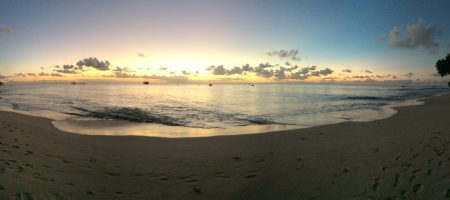









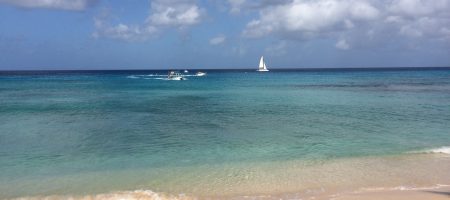



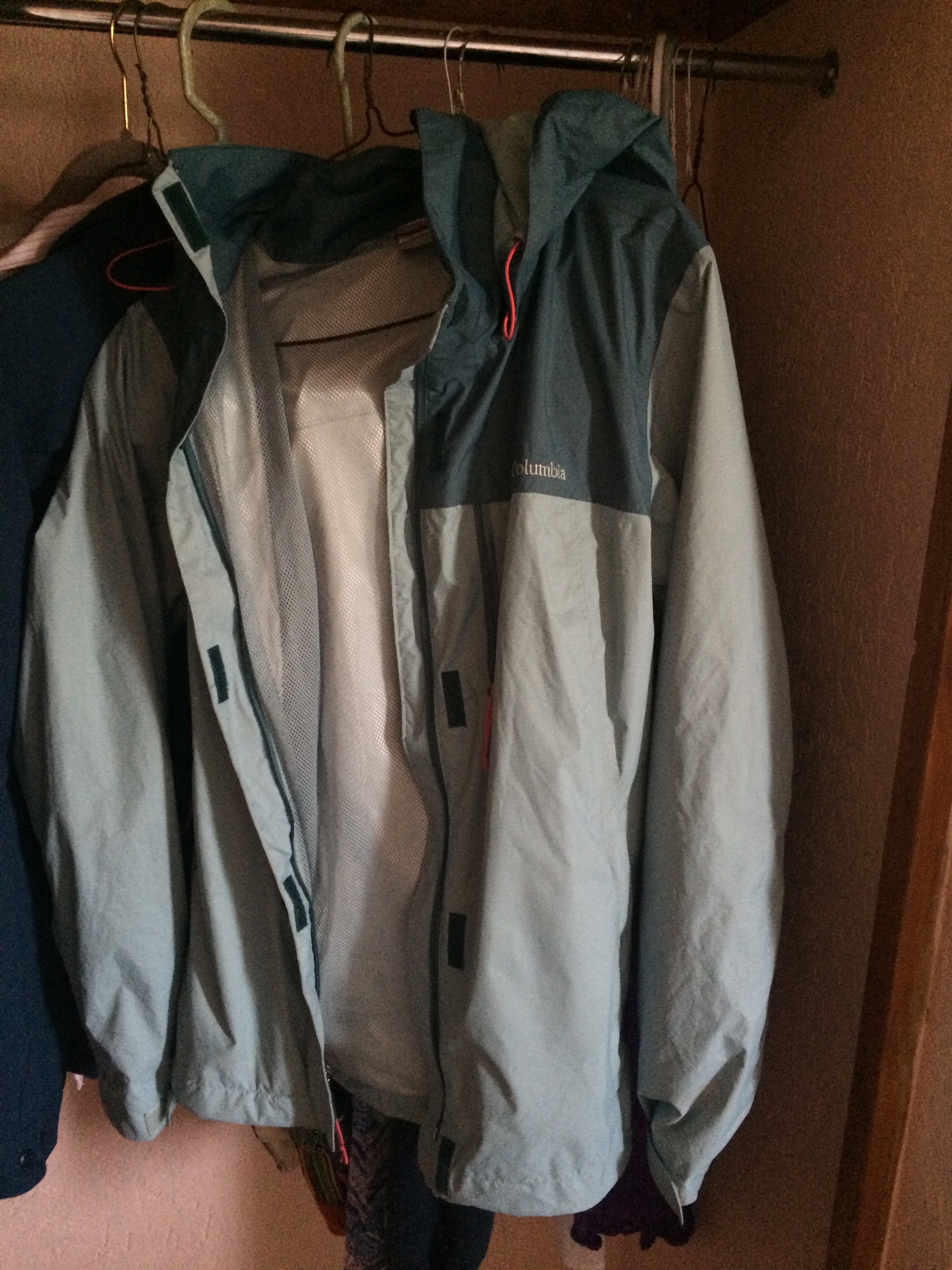 imes I even wear my bathing suit under my clothes and head down straight after class! I brought a one piece that I purchased in South Africa, and a two piece from Old Navy. Because I have very
imes I even wear my bathing suit under my clothes and head down straight after class! I brought a one piece that I purchased in South Africa, and a two piece from Old Navy. Because I have very




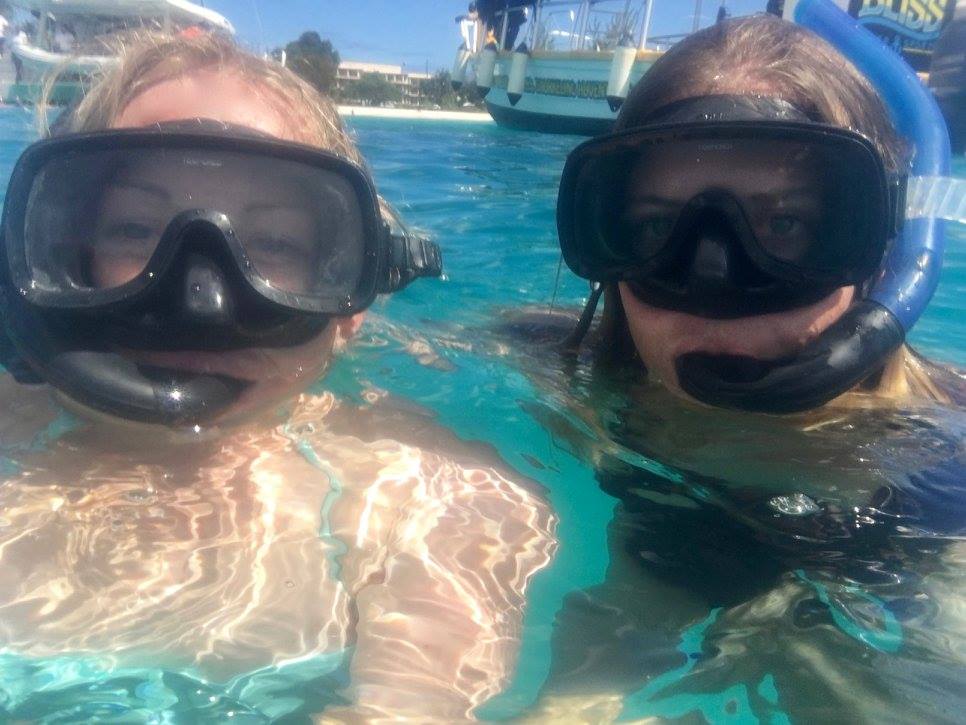 Don’t forget to watch UCLA in the upcoming weeks! UCLA basketball is currently RANKED THIRD IN THE COUNTRY! With March Madness right aroundthe corner, this is particularly exciting! (For those of you that do not know, March Madness is a huge NCAA college basketball tournament that runs for the last two weeks of March every year.) This year, I have been teaching some of my Bajan friends about basketball, in exchange for them teaching me the rules of cricket, and we have all agreed to watch and support UCLA in the tournament. I wear UCLA affiliated clothing most days, simply because it’s what my limited wardrobe consists of, but I wish I had larger sizes to distribute for everyone to wear. As long as they don’t wear red, we should all be in the clear! GO BRUINS!
Don’t forget to watch UCLA in the upcoming weeks! UCLA basketball is currently RANKED THIRD IN THE COUNTRY! With March Madness right aroundthe corner, this is particularly exciting! (For those of you that do not know, March Madness is a huge NCAA college basketball tournament that runs for the last two weeks of March every year.) This year, I have been teaching some of my Bajan friends about basketball, in exchange for them teaching me the rules of cricket, and we have all agreed to watch and support UCLA in the tournament. I wear UCLA affiliated clothing most days, simply because it’s what my limited wardrobe consists of, but I wish I had larger sizes to distribute for everyone to wear. As long as they don’t wear red, we should all be in the clear! GO BRUINS!
